- About us
- Support the Gallery
- Venue hire
- Publications
- Research library
- Organisation chart
- Employment
- Contact us
- Make a booking
- Onsite programs
- Online programs
- School visit information
- Learning resources
- Little Darlings
- Professional learning
Robert Klippel AO (1920–2001) was the most significant sculptor Australia has yet produced. He joined the Royal Australian Navy in 1939, and spent the war constructing model aircraft and ships designed to educate his fellow-servicemen in the recognition of enemy craft. After the war he studied sculpture at East Sydney Technical College and at London’s Slade School, and his ‘assemblages’ – sculptures that combined mechanical objects with organic materials – attracted enthusiasm in Europe. Among their admirers was the French surrealist André Breton, who organised an exhibition in Paris in 1949. Klippel moved to the USA in 1957, and spent a decade teaching there. He then returned to Sydney, where he lived and sculpted near Balmain until his death. He was collaborating on a retrospective show of his works at the Art Gallery of NSW when he died.
Gift of Patrick Corrigan AM 2004. Donated through the Australian Government's Cultural Gifts Program.
© Gregory Weight/Copyright Agency, 2024
Patrick Corrigan AM (130 portraits)
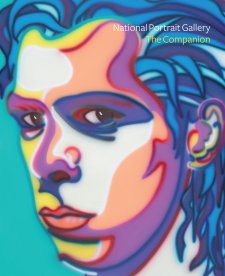
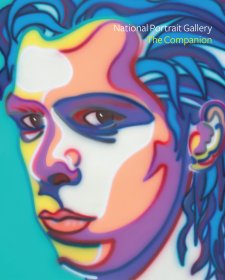
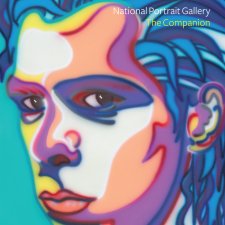
On one level The Companion talks about the most famous and frontline Australians, but on another it tells us about ourselves.
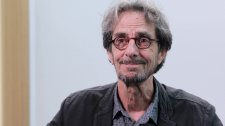
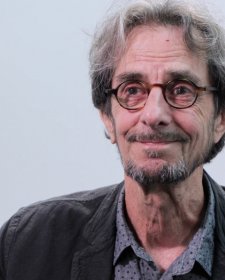
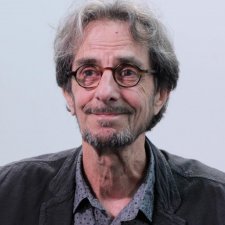
Greg Weight on working with Jiawei Shen, and starting out as a photographer.
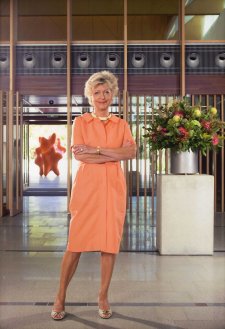
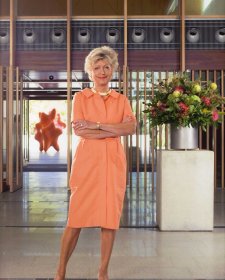

Portraits of philanthropists in the collection honour their contributions to Australia and acknowledge their support of the National Portrait Gallery.